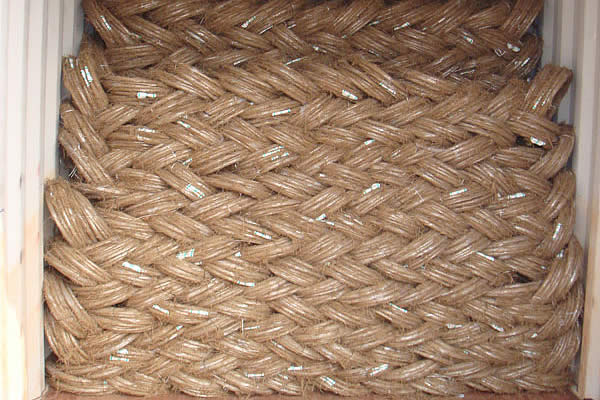 TEL:
+86-13102802206
TEL:
+86-13102802206
 Email:
fencenetting@china.com
Email:
fencenetting@china.com
 Language
Language
 TEL:
+86-13102802206
TEL:
+86-13102802206
 Email:
fencenetting@china.com
Email:
fencenetting@china.com
 Language
Language


Chain Link Fence Replacement A Comprehensive Guide
When it comes to maintaining the boundaries of your property, a sturdy fence is essential. Among various fencing options, chain link fences are popular due to their durability, cost-effectiveness, and ease of installation. However, like any other structure, chain link fences can wear down over time and may require replacement. This article offers a detailed guide on chain link fence replacement, highlighting the necessary steps, considerations, and benefits.
Why Replace Your Chain Link Fence?
There are several reasons why a chain link fence may need to be replaced. Over time, exposure to the elements can lead to rust, corrosion, and physical damages, such as bends or breaks caused by extreme weather or impacts. A damaged fence may not only compromise the security of your property but can also detract from its aesthetic appeal. Additionally, if you’re looking to upgrade your home’s appearance or increase its value, replacing an old, worn-out chain link fence can be a worthwhile investment.
Assessing the Condition of Your Fence
Before you embark on a replacement project, it is essential to evaluate the condition of your existing fence. Look for signs of rust, missing or broken parts, and the overall stability of the structure. If the fence is extensively damaged and needs frequent repairs, a complete replacement might be the most economical and practical choice.
Planning the Replacement
Once you've decided to move forward with the replacement, planning is crucial. Determine the size and style of the new fence you want. Chain link fences come in various heights and gauges, allowing you to choose one that best suits your needs. Consider factors such as security requirements, aesthetic preferences, and your budget.
An important aspect of planning is checking local zoning laws and regulations. Many municipalities have specific rules regarding fence height and placement, which you must adhere to. Additionally, mark the boundaries of your property clearly to avoid disputes with neighbors.
Tools and Materials Needed

A successful chain link fence replacement requires specific tools and materials. For the installation, you will typically need
- New chain link fabric (available in rolls) - Fence posts (galvanized steel is recommended for durability) - Concrete mix for post-setting - Tension bands and tie wires - A level, post hole digger, and a fence stretcher - Safety gear (gloves, goggles)
Step-by-Step Replacement Process
1. Remove the Old Fence Begin by taking down the existing fence. This may involve unscrewing or cutting the chain link fabric from the posts and removing the posts themselves. 2. Prepare the Site Clear the area of debris and ensure that the ground is level for the new fence installation.
3. Install New Fence Posts Dig holes for the new posts, ensuring they are spaced appropriately according to your plans. Set the posts in concrete for stability and allow the concrete to cure.
4. Attach the Chain Link Fabric Once the posts are set, attach the chain link fabric starting at one end. Use tension bands to secure it to the posts, keeping the fabric taut.
5. Finish the Installation Secure the bottom of the chain link fabric to the ground using tie wires. Finally, check the entire structure for stability and make any necessary adjustments.
Conclusion
Replacing a chain link fence can enhance the security, functionality, and appearance of your property. While the task may seem daunting, with proper planning and the right tools, it can be a rewarding DIY project. If the job feels overwhelming, don't hesitate to consult with or hire a professional fencing contractor. In the end, a well-installed chain link fence provides longstanding benefits, making it a valuable addition to your home.